Search
Did you mean: Assur?
Remove Ads
Advertisement
Summary 
Loading AI-generated summary based on World History Encyclopedia articles ...
Search Results
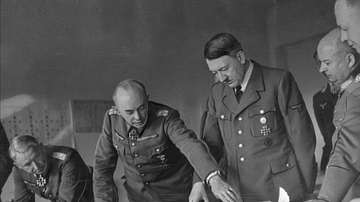
Article
Why Did Hitler Attack the USSR?
Adolf Hitler (1889-1945), the leader of Nazi Germany, was intent on attacking the USSR in the summer of 1941. With Western Europe subdued in 1940, Hitler could finally pursue his dream of territorial expansion in the East, destroy Bolshevism...
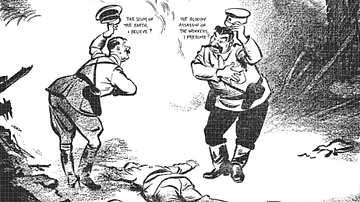
Definition
Nazi-Soviet Pact
The Nazi-Soviet Pact, also called the Molotov-Ribbentrop Pact after the respective foreign ministers of the USSR and Germany, was a non-aggression agreement signed in August 1939. The pact allowed the leader of Nazi Germany Adolf Hitler (1889-1945...

Definition
Operation Barbarossa - Hitler's Invasion of the USSR
Adolf Hitler (1889-1945), leader of Nazi Germany, attacked the USSR on 22 June 1941 with the largest army ever assembled. The Axis offensive of June-December 1941 was code-named Operation Barbarossa ('Redbeard') after Frederick Barbarossa...

Definition
German-Soviet War - WWII's Bloodiest Front
The German-Soviet War, known in the USSR and today's Russia as the Great Patriotic War or, in Western Europe, as the Eastern Front of the Second World War (1939-45), began in June 1941 with Operation Barbarossa and ended in Germany's total...
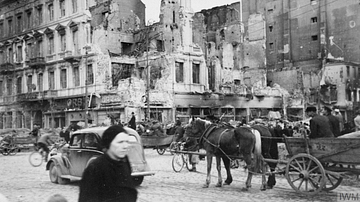
Article
The Invasion of Poland in 1939
The leader of Nazi Germany Adolf Hitler (1889-1945) ordered the invasion of Poland on 1 September 1939. Hitler's refusal to withdraw brought a declaration of war from Britain and France on 3 September, and so began the Second World War (1939-45...

Definition
Lebensraum - The Nazi Ideal of Living Space in the East
Lebensraum ('living space'), is a geopolitical concept which was adopted by Adolf Hitler (1889-1945), the leader of Nazi Germany, to justify the military domination of Central and Eastern Europe, and then the USSR. Hitler promised that Lebensraum...
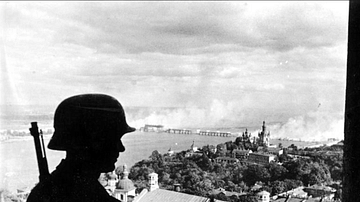
Article
Battle of Kiev in 1941
The Battle of Kiev (Kyiv) in July-September 1941 was a major Axis victory in Operation Barbarossa, Adolf Hitler's attack on the USSR during the Second World War (1939-45). Hitler wanted the resources of Ukraine since these would allow the...

Article
The Causes of WWII
The origins of the Second World War (1939-45) may be traced back to the harsh peace settlement of the First World War (1914-18) and the economic crisis of the 1930s, while more immediate causes were the aggressive invasions of their neighbours...
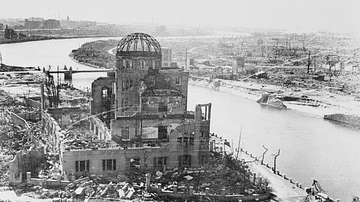
Article
What Were the Consequences of WWII?
The consequences of the Second World War (1939-45) were many and varied. Nazi Germany, Fascist Italy, and military-dominated Japan were all defeated. Many occupied countries were liberated and regained their freedom while others were obliged...
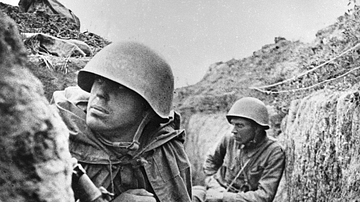
Article
Siege of Leningrad
The siege of Leningrad (Saint Petersburg) began during Operation Barbarossa, the invasion of the USSR launched by the leader of Nazi Germany, Adolf Hitler (1889-1945), during the Second World War (1939-45). The siege or blockade lasted from...